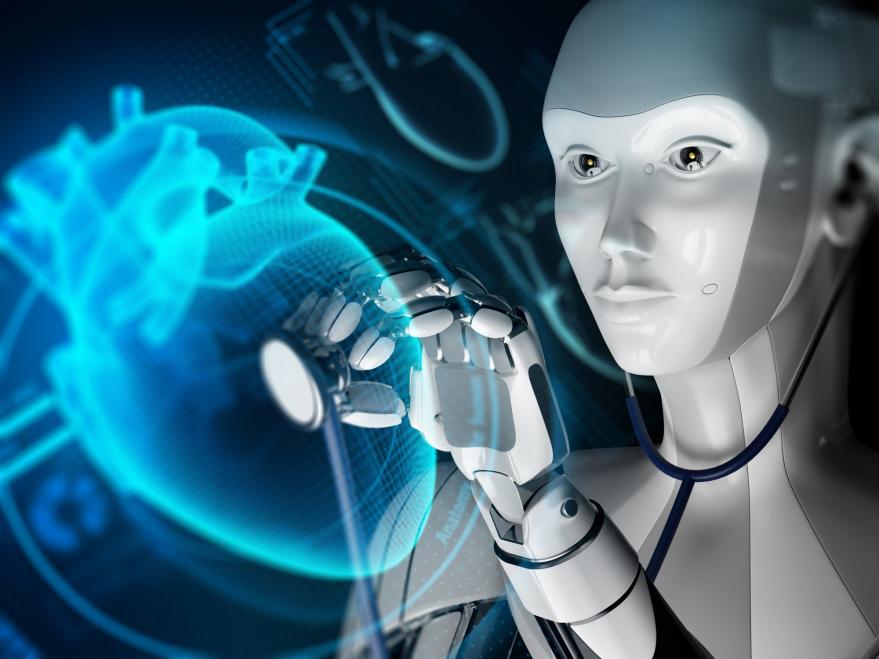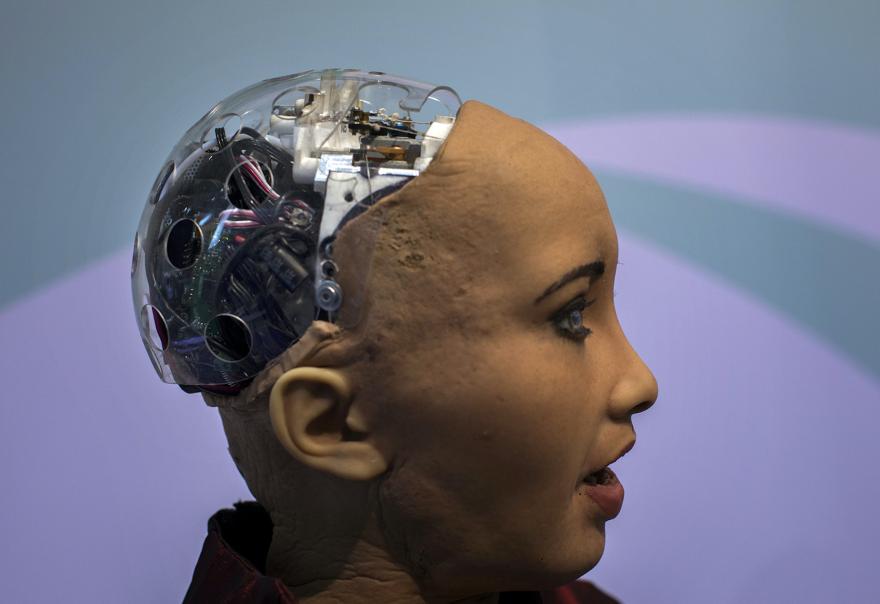AI Robots in Agriculture: Transforming Farming Practices and Ensuring Food Security
Agriculture plays a pivotal role in ensuring food security and meeting the ever-increasing global food demands. However, the industry faces numerous challenges, including labor shortages, climate change, and resource scarcity. Artificial intelligence (AI) robots are emerging as a transformative force in agriculture, revolutionizing farming practices and addressing these challenges head-on.

AI Robots In Agriculture: A Comprehensive Overview
AI robots are autonomous machines equipped with sensors, cameras, and artificial intelligence algorithms that enable them to perform various tasks in agriculture. These robots can be classified into different types based on their functions and applications.
- Drones: Drones are unmanned aerial vehicles used for crop monitoring, pest detection, and precision spraying.
- Autonomous Tractors: Autonomous tractors are self-driving vehicles that can perform tasks such as plowing, planting, and harvesting without human intervention.
- Robotic Harvesters: Robotic harvesters are automated machines that can pick and collect crops, reducing labor requirements and minimizing crop damage.
AI robots are already being used in real-world agricultural applications, demonstrating their potential to transform farming practices.
- Precision Farming: AI robots enable precision farming techniques, which involve collecting and analyzing data to optimize crop growth conditions. This leads to increased yields and reduced environmental impact.
- Crop Monitoring: Drones and other AI robots can monitor crop health, detect pests and diseases, and provide real-time data to farmers, enabling timely interventions.
- Pest Control: AI robots can be equipped with targeted spraying systems that deliver pesticides and herbicides precisely, reducing chemical usage and minimizing environmental harm.
Benefits Of AI Robots In Agriculture: A Paradigm Shift
The adoption of AI robots in agriculture brings numerous benefits, leading to a paradigm shift in farming practices.
Enhanced Efficiency and Productivity:
- AI robots automate repetitive and labor-intensive tasks, reducing the need for manual labor and increasing productivity.
- Autonomous tractors and harvesters operate 24/7, maximizing utilization and reducing downtime.
- Case studies have shown that AI robots can increase crop yields by up to 30% while reducing labor costs by 50%.
Improved Crop Quality and Yield:
- AI robots enable precision farming techniques that optimize crop growth conditions, leading to higher yields and improved crop quality.
- Drones and sensors collect real-time data on crop health, allowing farmers to make informed decisions and take timely actions to address potential issues.
- AI-driven irrigation systems minimize water usage and prevent overwatering, resulting in healthier crops and reduced water consumption.
Sustainable and Environmentally Friendly Practices:
- AI robots promote sustainable farming practices by optimizing resource utilization and minimizing environmental impact.
- Precision farming techniques reduce the use of pesticides and fertilizers, minimizing chemical runoff and protecting water quality.
- AI-powered irrigation systems conserve water and prevent soil erosion, promoting long-term sustainability.
Challenges And Concerns: Addressing Potential Issues

Despite the numerous benefits, the adoption of AI robots in agriculture faces several challenges and concerns that need to be addressed.
Cost and Accessibility:
- The initial investment in AI robots can be high, making them unaffordable for small-scale farmers.
- Financial support and subsidies are needed to make AI robots more accessible to farmers, especially in developing countries.
Ethical and Societal Implications:
- The widespread adoption of AI robots may lead to job displacement in the agricultural sector, impacting rural communities.
- It is essential to develop strategies to mitigate negative social consequences and ensure a just transition for affected workers.
Data Privacy and Security:
- AI robots generate vast amounts of data, raising concerns about data privacy and security.
- Robust data protection measures and regulations are needed to ensure responsible data management and prevent unauthorized access.
Future Prospects And Innovations: A Glimpse Into The Future
The future of AI robots in agriculture holds immense potential for further advancements and innovations.
Emerging Technologies and Advancements:
- Ongoing research and development are exploring new applications of AI robots in agriculture, such as robotic pollinators and AI-powered livestock management systems.
- These advancements have the potential to revolutionize farming practices even further and address new challenges.
Collaboration and Partnerships:
- Collaboration among stakeholders, including farmers, researchers, and policymakers, is crucial for accelerated progress in AI robotics for agriculture.
- Partnerships and knowledge sharing can foster innovation and ensure that AI robots are tailored to the specific needs of farmers and the agricultural industry.
Conclusion: A Call To Action

AI robots have the potential to transform agriculture, ensuring food security and addressing global challenges. Continued investment in research, development, and adoption of AI robots is essential to realize this potential. Collaboration, responsible data management, and addressing ethical and societal concerns are key to ensuring that AI robots benefit all stakeholders in the agricultural sector.
YesNo

Leave a Reply